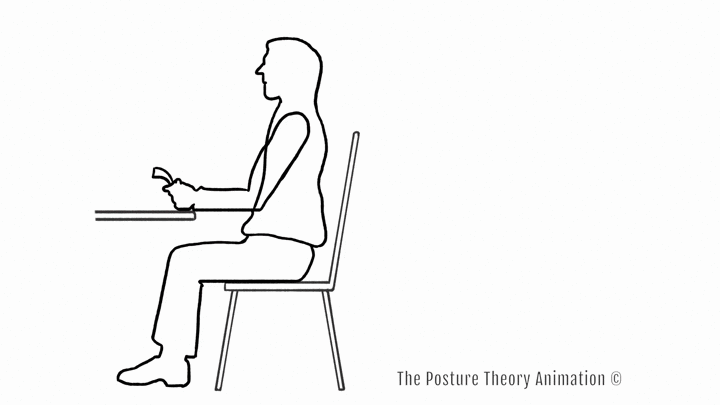
By Kure Clinic
WHAT IS ERGONOMICS
Ergonomics, also known as human factors engineering, is the study of how to design and arrange tools, equipment, and systems so that they are comfortable, efficient, and safe for people to use. It involves analyzing the interactions between people, their tasks, and their work environment to identify potential problems and develop solutions that improve overall well-being, performance, and productivity.
Ergonomics can be applied to a wide range of fields, including office workstations, industrial manufacturing processes, transportation systems, healthcare facilities, and consumer products. The goal is to create a harmonious relationship between the user and their environment, and to minimize the risk of injuries, strain, or discomfort caused by repetitive motions, awkward postures, or physical exertion.
Effective ergonomics can benefit both individuals and organizations, by reducing absenteeism, turnover, and workers’ compensation claims, as well as enhancing job satisfaction, morale, and quality of life.
WHAT IS ERGONOMIC TRAINING
Ergonomic training is a type of education that teaches individuals how to use tools, equipment, and systems in a way that is safe, efficient, and comfortable for the body. The training is designed to help individuals develop an understanding of how to adapt their work environment to their physical needs and to avoid injuries and strain caused by repetitive motions or awkward postures.
Ergonomic training can cover a wide range of topics, depending on the specific needs of the individual or organization. It may include instruction on proper body mechanics, how to adjust workstations for optimal comfort and performance, strategies for preventing musculoskeletal disorders, and techniques for stretching and exercising to prevent injury.
Ergonomic training can be beneficial for individuals in a variety of industries, including office workers, healthcare professionals, industrial workers, and those in manual labor positions. The training can be provided by certified ergonomists, occupational therapists, physical therapists, or other trained professionals.
HOW PHYSIO HELPS IN ERGONOMIC TRAINING
Physiotherapy can play an important role in ergonomic training by helping individuals identify and address physical limitations or conditions that may affect their ability to work comfortably and safely in their environment. Physiotherapists are trained to evaluate posture, mobility, and strength, and to develop personalized exercise and rehabilitation programs that can improve overall function and reduce the risk of injury.
Physiotherapists at KURE CLINIC can work in conjunction with ergonomic specialists to assess an individual’s work environment and recommend changes to equipment or positioning that may reduce strain or discomfort. They can also provide education on proper body mechanics and posture, and recommend stretching and strengthening exercises that can help prevent injuries caused by repetitive motions or overuse.
For individuals who have already experienced an injury or condition related to their work environment, physiotherapy can provide targeted rehabilitation to help restore function and reduce pain. This can include manual therapy techniques, modalities such as ultrasound or electrical stimulation, and individualized exercise programs to address specific areas of weakness or dysfunction.
Overall, physiotherapy can be an important component of ergonomic training by helping individuals develop the physical capabilities and knowledge they need to work safely, comfortably, and efficiently in their environment.
HOW CHIROPRACTOR HELPS IN ERGONOMIC TRAINING
Chiropractors can also play a role in ergonomic training by focusing on the musculoskeletal system and spine health. They can help individuals identify and address musculoskeletal issues that may be caused by their work environment, such as repetitive motion injuries, strain, and pain.
Chiropractor ESHAN KAUSHIK at KURE CLINIC can evaluate an individual’s posture, spine alignment, and joint mobility to identify areas of dysfunction and provide targeted treatment to reduce pain and improve function. This may include chiropractic adjustments, soft tissue therapies, and rehabilitation exercises.
Chiropractors can also provide education on proper ergonomics and body mechanics, including how to adjust workstations and equipment for optimal comfort and performance, and how to maintain good posture and alignment throughout the workday.
In some cases, chiropractors may work collaboratively with other healthcare professionals, such as physiotherapists or occupational therapists, to provide comprehensive ergonomic training that addresses both the physical and environmental aspects of the individual’s work environment.